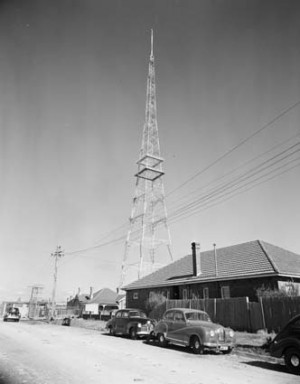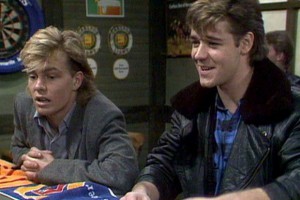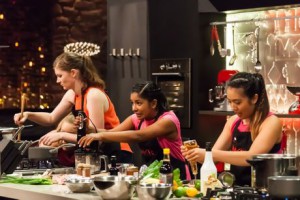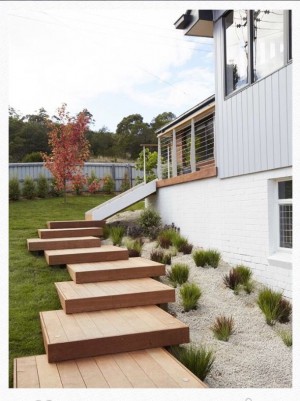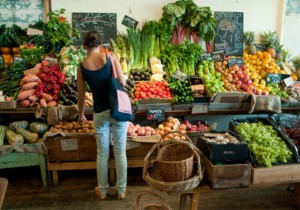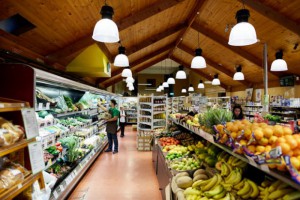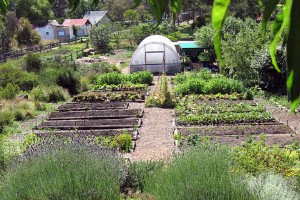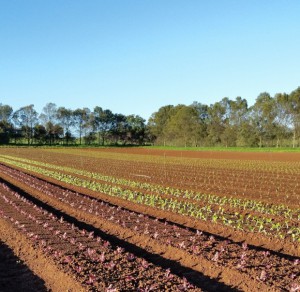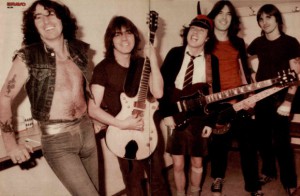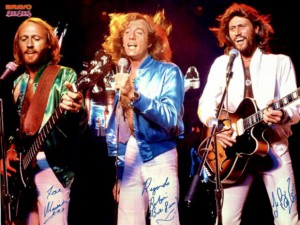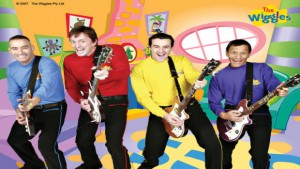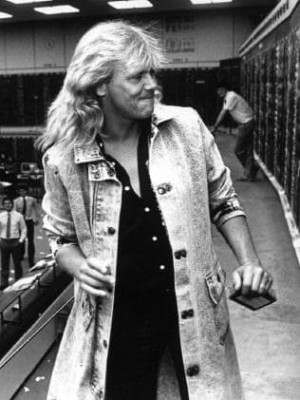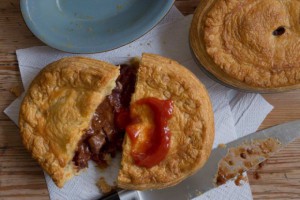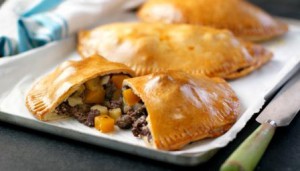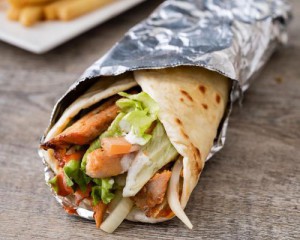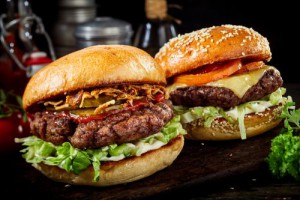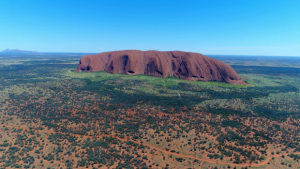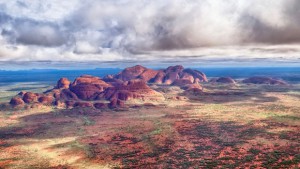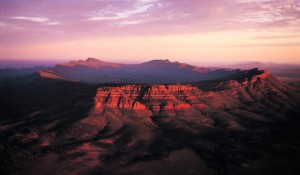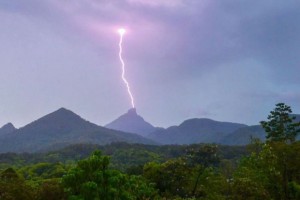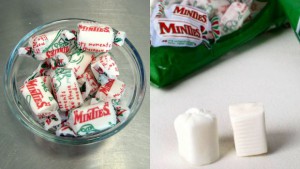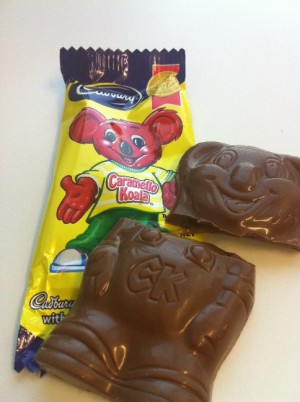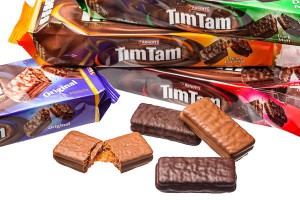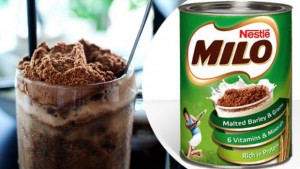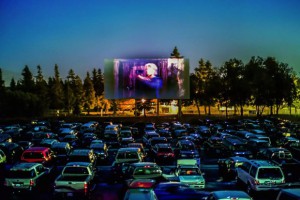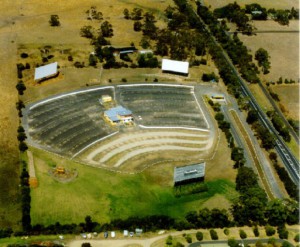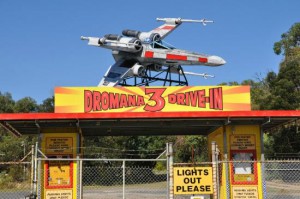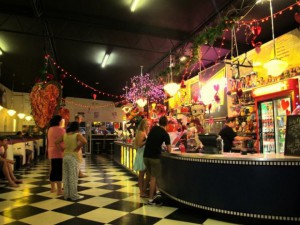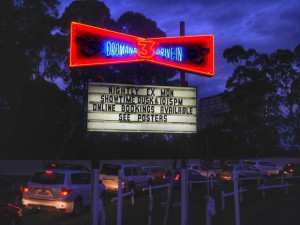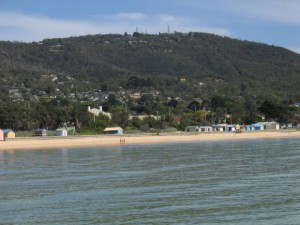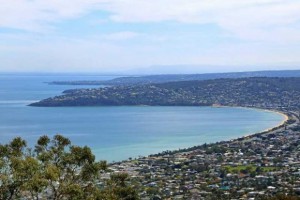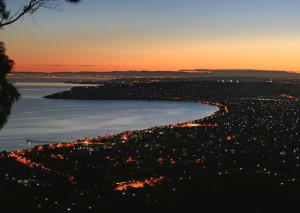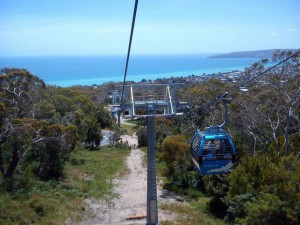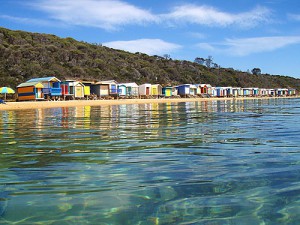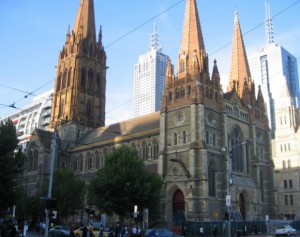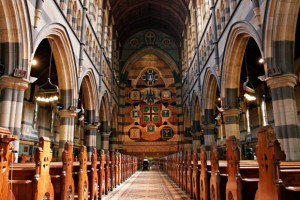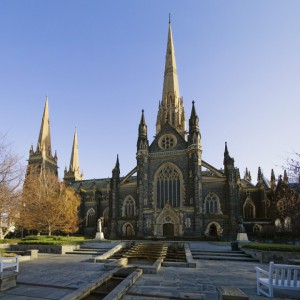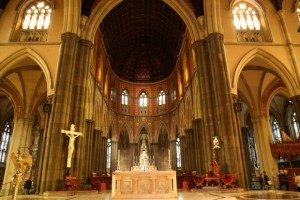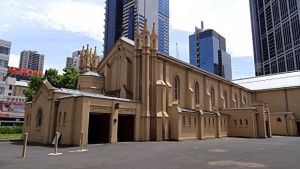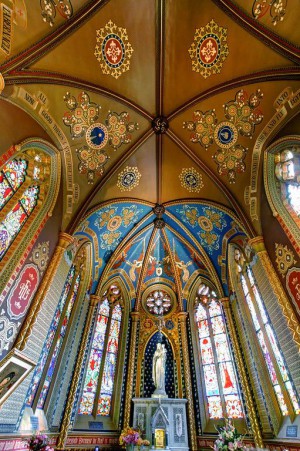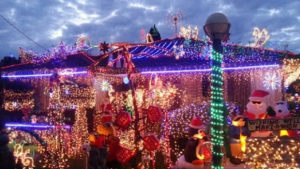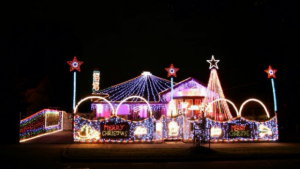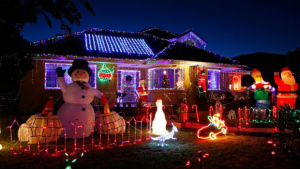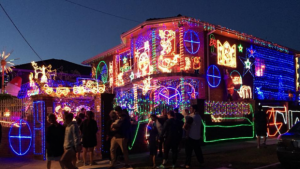Television has a long history in Australia and is still very popular. Most people here call it ‘TV’ or ‘Telly’. The first TV broadcast occurred in 1929 and the first real TV tower was built in Sydney in 1956. As in every country, there is a lot of news and sport on TV. Over the years there have been many other TV programs produced here, but with such a small population, there is much less variety compared to countries like America or Japan.
Australia has produced quite a few TV dramas. Two of the most famous and longest-running are Neighbours and Home and Away. Many young actors started in these shows and later starred in international movies or became famous singers. Neighbours: Kylie Minogue, Guy Pearce, Natalie Imbruglia, Russell Crowe.
Home & Away: Chris Hemsworth Heath Ledger, Guy Pearce (again!), Isla Fisher, Naomi Watts, Ryan Kwanten.
Australian TV often airs cooking shows. Series from other countries are popular, as are Australian remakes of famous shows like Iron Chef or Master Chef. There are also several well-known cooking programs produced here, like My Kitchen Rules and Food Safari.
Like with most countries, there has been a lot of interest lately in shows about amateur singing. Australia has its own versions many famous overseas shows such as Australian Idol, The X Factor and The Voice. In this genre, domestically produced series haven’t really succeeded yet.
Another staple* of Aussie TV is the home renovation show. One reason they are so popular is that most Australians aspire to own their own home and many people choose real estate as their investment strategy. House Rules and Backyard Blitz are two of the most famous series.
*a basic or necessary item
